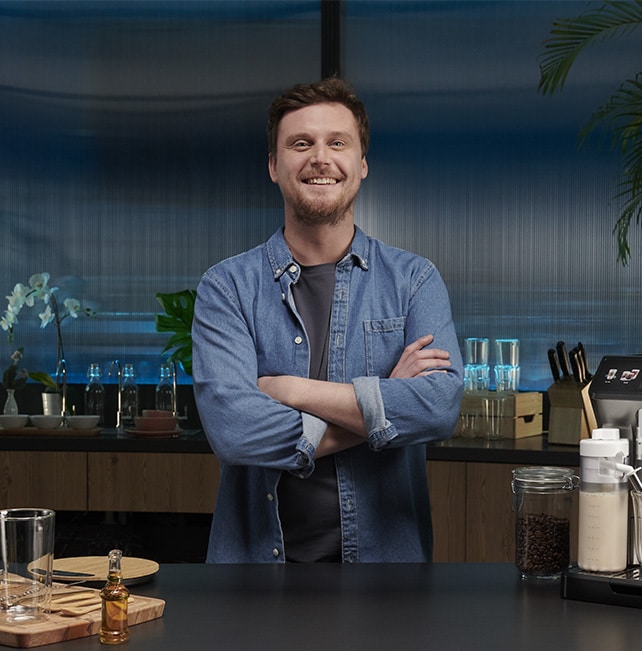Coffee journey
Coffee journey
Taking raw green coffee beans and turning them into delectable roasted coffee is truly an art form.
Roasting then, is a fine balance between science and art. A process that needs to be approached with a great deal of care, love and attention, which explains why highly skilled and experienced coffee roasters make all the difference
The answer to this question is quite simple: without the roasting process coffee beans are just beans. They contain all the characteristics we love in our cup, but the flavour is non-existent until it is roasted.
From the young green bean to the glossy brown bean we’re all familiar with, coffee beans go through an extraordinary transformation process when they’re roasted, altering both the physical and chemical make-up of the coffee bean itself.
Coffee beans are roasted to extract the bean’s truest flavours. However, the coffee roasting processes are unique, complex and often tailored to the roaster’s own personal preferences. Varying the roasting times and temperatures for specific beans allows roasters to meet the needs of many different flavour profiles.
Coffee roasting is essentially divided into three main phases: the initial drying phase, which takes up about 80% of the roasting time, the roasting phase, in which the most important chemical reactions take place and the seed takes on that distinctive brown colour, and finally the cooling phase, during which the bean is brought back to room temperature.
No two blends, single origin or seasonal micro-lot coffees are treated the same. Skilled roasters treat each bean individually in terms of roasting temperature, style and profile in order to ensure both quality and consistency and that the roast’s intended flavour profile has been met.

Light
1 of 4Medium
2 of 4Medium/Dark
3 of 4Dark
4 of 4This may sound obvious, but there’s a reason why fresh coffee is better: the moment the roaster has worked his or her magic on the green beans, the natural flavours, aromas, and soul of the coffee are at their best.
After a while, the chemical structure of the beans changes, and they inevitably start degrading, losing many of their desirable flavours and aromas.
So make sure you source your coffee beans from places like here [insert link/name to marketplace] where you know the beans are of the highest quality and always fresh.
A fine balance between science and art.
The Bean Adapt Technology of PrimaDonna Soul keeps everything in perfect harmony. A perfect cup every time!
Learn moreRelease the aromas.
De'Longhi flat-coffee grinders are the easiest way to enhance the quality of your coffee. Simple to use and super-consistent, no aspiring barista should be without one.
Learn more



Testo vario
Join us
Policies
Support